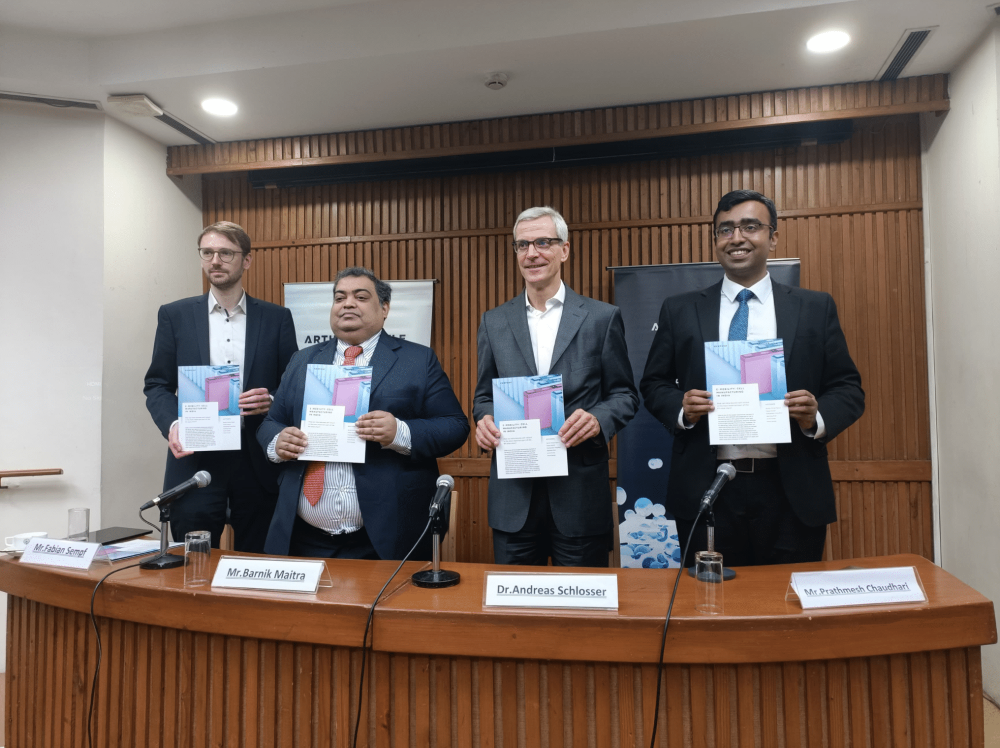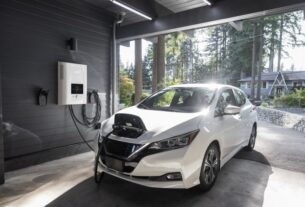“Indigenous EV battery manufacturing, will increase local EV adoption and make India a large export hub in the world. However, the nation needs to invest over $10 billion to boost cell manufacturing and raw material refining, just to serve the local demand of Li-ion batteries by 2030, and to create 1 million new jobs,” says a new report released by Arthur D. Little (ADL), titled “e-Mobility: Cell Manufacturing in India.”

The report provides an in-depth view of the status and future of India’s e-mobility journey along with a comprehensive roadmap of EV value chain to reduce the nation’s dependence on imported lithium-ion (Li-ion) cells and transform it into a self-reliant EV export hub. While India’s Li-ion battery demand will grow from 3 GWh currently to 20 GWh by 2026 and 70 GWh by 2030, 70% requirement are currently imported from China and Hong Kong, says the report.
While EV cells are the most critical part the of e-mobility value chain, Indian EV industry suffers from overdependence on imports, limited local manufacturing, finite access to raw materials, and refining capacities. Large investments in R&D, supportive government policies, foreign direct investment inflows, and aggressive acquisition of raw material resources across geographies can help India achieve self-reliance in Li-ion batteries.
Barnik Chitran Maitra, Managing Partner, Arthur D Little, India, says “To accelerate India electric mobility growth, the government and the industry ecosystem must collaborate, to nurture a self-reliant, local EV value chain, with established battery manufacturers, OEMs, and start-ups, investing in continuous R&D, partnerships, and global alliances to create a strong supply chain. This, along with demand from customers, will turn India into a global EV powerhouse.”
Though the government’s efforts such as FAME I & II policies and an increase in OEMs, traditional players, new-age start-ups venturing into battery manufacturing are gaining traction, these may not be enough to cater to the growing demand. It is imperative for Indian players to aspire for superior quality and environmental standards to gain eminent brand reputation, which will help India become self-sufficient in cells and position it as a global export hub.
The Indian government will have to work on multiple fronts to localize the supply chain for batteries, enabling better access to raw materials like lithium, cobalt, manganese, and nickel for domestic manufacturers, says the report.
The ADL report highlights that to thrive, Indian battery players should invest in collaborative R&D in advanced cell chemistries like sodium-ion, metal-air and designs that are safer, sustainable and economical in the Indian context and could be commercialized at a large scale. Global partnership, joint ventures and acquisitions can boost capabilities and gain a robust talent edge.
One of the critical industry challenge is India’s limited access to key raw materials like lithium, nickel, cobalt, and manganese, that account for over 80% of cell cost, as natural reserves for these materials are concentrated in a few countries. Besides, India lacks adequate refining capabilities for these materials. Thus, localizing the Li-ion battery supply chain is key to India’s ambition of becoming self-reliant and positioning it as a global EV manufacturer and exporter.
Improving bilateral ties and investments in countries rich in natural resources of raw materials, incentivizing local players, promoting sustainable domestic graphite mining with relaxation of stringent regulatory restrictions, increasing import duties on cells and batteries, tax subsidies, and PLI/incentivizing manufacturing and recycling of batteries, development of SEZs/lithium parks and conducive regulations will accelerate the momentum of cell manufacturing localization.
India is at the cusp of driving significant growth opportunities in the battery manufacturing and recycling ecosystems for a sustainable future. A robust, localized, EV value chain can provide the strategic impetus in terms of reduction of emissions, savings on raw materials, and offsetting the loss of manufacturing jobs from traditional internal combustion engines (ICE) vehicles – making the country greener, smarter, and contributing to the national productivity.




